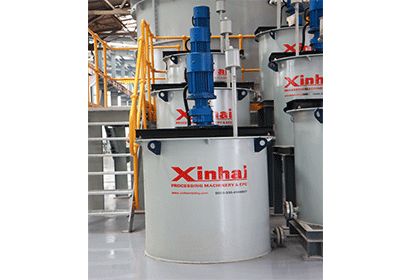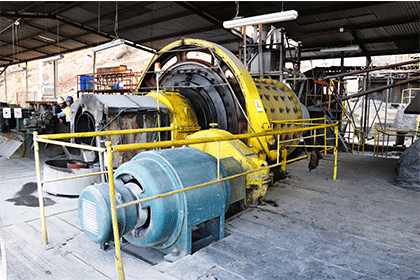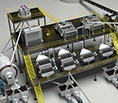What Is the Process of Tailings Beneficiation?
 Laura
Laura
 Apr 29, 2025
Apr 29, 2025
 14
14
If you want to know more details about equipment, solutions, etc, please click the button below for free consultation, or leave your requirements!
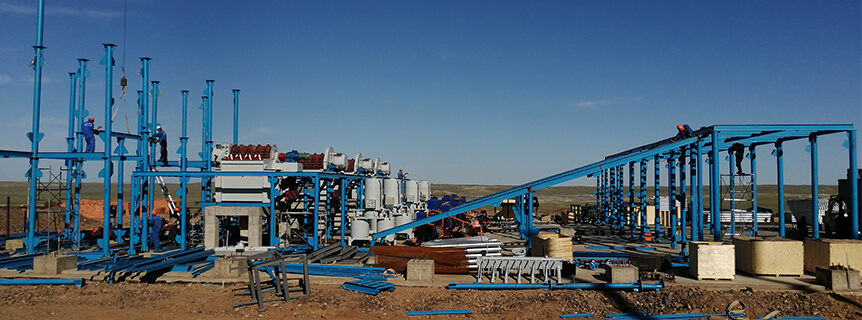
Iron ore tailings engineering design
Mining produces billions of tons of tailings—waste materials left after extracting metals like copper or gold. Instead of letting these tailings pile up in dams, the mining industry is increasingly turning to tailings beneficiation to recover hidden minerals and reduce environmental harm. In this article, we'll break down how this process works, why it matters, and how it's reshaping the future of mining.
01 What Are Tailings?
BackTailings are a mix of water, fine rock particles, and trace minerals discarded during ore processing. Historically, they've been stored in large ponds or dams, but these can pose risks like spills or contamination. Beneficiation offers a smarter solution: extracting leftover value while cutting waste.
02 The Tailings Beneficiation Process: Step by Step
Back1. Tailings Collection and Analysis
Sampling: Engineers test tailings to identify remaining minerals (e.g., gold, copper, rare earth elements).
Moisture Control: Wet tailings are thickened to reduce water content, making them easier to handle.
2. Dewatering: Removing Excess Water
Filter Presses: Squeeze water out of tailings like a sponge, creating a drier “cake.”
Cyclones: Spin tailings at high speeds to separate water from solids.
Why it matters: Dry tailings are lighter, cheaper to transport, and less likely to cause dam failures.
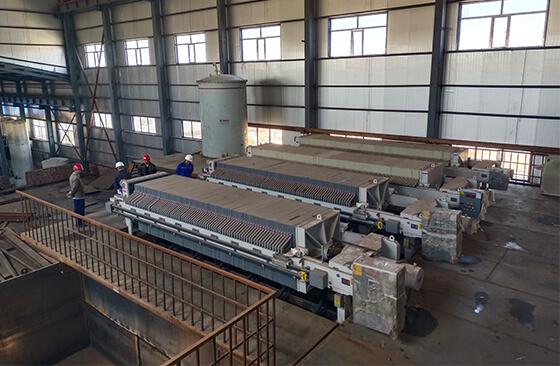
Filter Presses in Tailings Projects
3. Physical Separation: Sorting Minerals
Magnetic Separation: Recovers iron-bearing minerals using powerful magnets.
Gravity Separation: Uses shaking tables or spirals to sort heavy minerals (e.g., gold) from lighter waste.
Froth Flotation: Bubbles cling to target minerals, lifting them to the surface for collection.
Example: At a Chilean copper mine, reprocessing tailings with flotation recovered an extra 5% copper—worth millions annually.
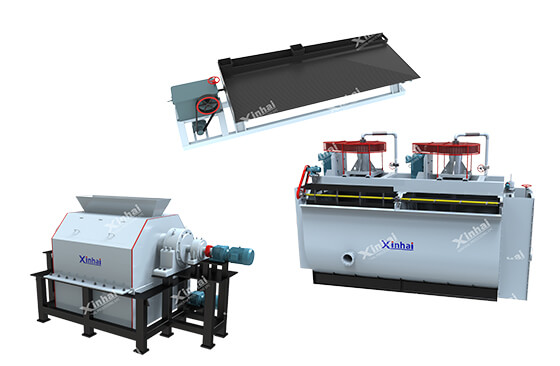
Magnetic separation machine, shaking table and flotation cells
4. Chemical Processing: Unlocking Stubborn Minerals
Leaching: Tailings are soaked in acids or alkalis to dissolve metals like copper or uranium.
Bioleaching: Bacteria break down minerals naturally, ideal for low-grade tailings.
Innovation: Companies like Mineworx use eco-friendly solvents to avoid toxic chemicals.
5. Waste Repurposing: From Trash to Treasure
Construction Materials: Silica-rich tailings become cement additives or bricks.
Soil Remediation: Neutralized tailings can fill mined-out pits or restore degraded land.
03 Why Tailings Beneficiation Matters
BackEnvironmental Protection: Reduces dam risks and prevents toxic seepage into groundwater.
Resource Recovery: Up to 15% of a mine's original minerals can linger in tailings.
Regulatory Compliance: Governments now require mines to minimize waste (e.g., EU's Green Deal).
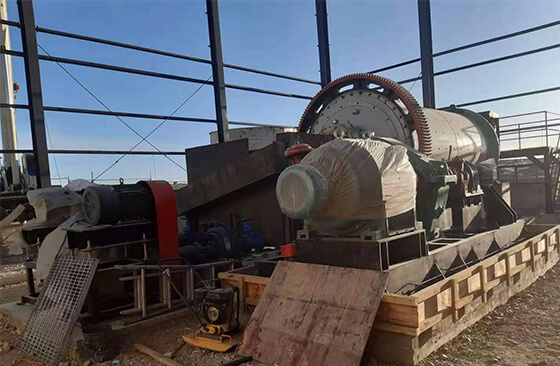
Ball mill in a gold tailings dry discharge project
04 Challenges and Solutions
BackHigh Costs: Advanced tech like laser sorting can be pricey, but grants and tax breaks help.
Complex Minerals: Tailings with mixed metals may need hybrid methods (e.g., gravity + flotation).
Community Pushback: Transparent reporting and local job creation build trust.
05 FAQs
BackQ: Can all tailings be reprocessed?
A: Not always. Some lack valuable minerals or are too costly to treat, but new tech is expanding possibilities.
Q: How long does tailings beneficiation take?
A: It varies. Simple dewatering takes hours, while chemical leaching can take weeks.
Q: Is this process used for old mine sites?
A: Yes! Legacy tailings dams are a goldmine for “urban mining” ventures.
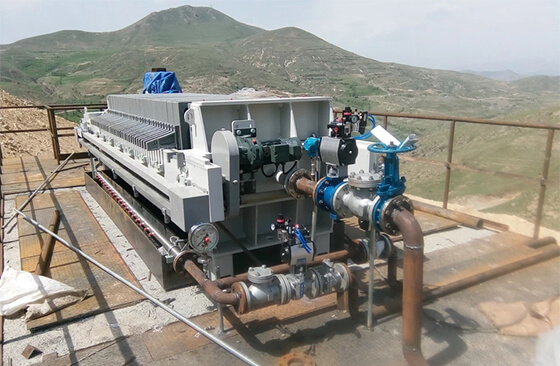
Bulgaria 200TPD lead-zinc mine tailings dry discharge beneficiation project
06 The Future of Tailings Beneficiation
BackAI and Sensors: Smart systems analyze tailings in real-time, optimizing recovery rates.
Carbon Capture: Some projects inject CO₂ into tailings to stabilize them and offset emissions.
Circular Mining: Zero-waste mines aim to turn 100% of tailings into usable products by 2030.
07Conclusion
BackTailings beneficiation is no longer a niche idea—it's a critical tool for sustainable mining. By transforming waste into resources, this process slashes environmental risks, unlocks lost value, and aligns with global climate goals. For miners, investors, and eco-advocates alike, understanding tailings beneficiation is key to a cleaner, smarter future.
Feel free to contact us and learn more about tailings beneficiation solutions!
 +86 18716000713
+86 18716000713 xlyin@xinhaimining.net
xlyin@xinhaimining.net



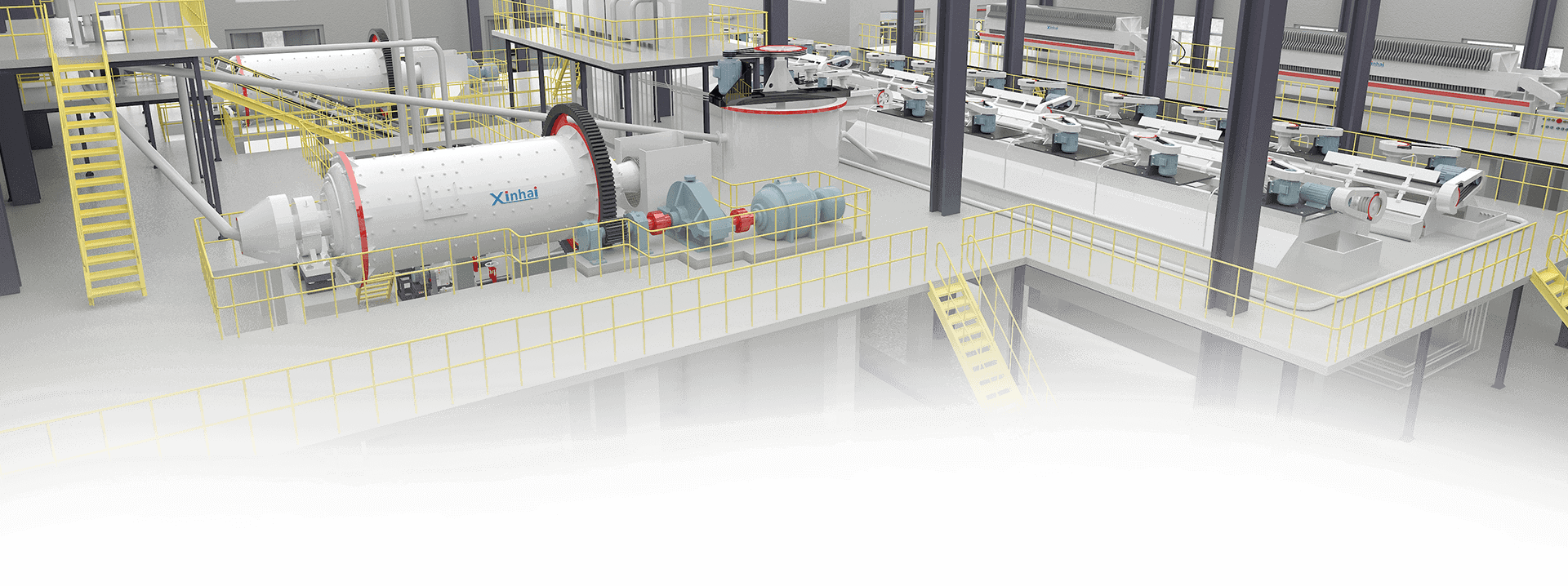
 Message
Message Chat Now
Chat Now



